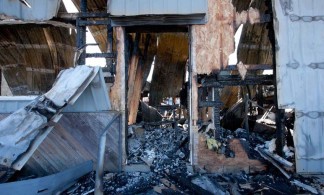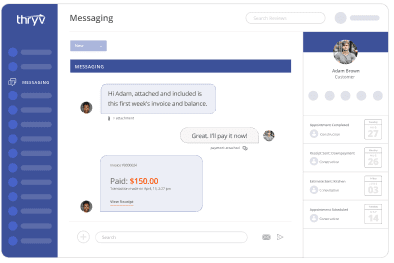 According to the Federal Emergency Management Agency (FEMA), over forty percent of businesses do not reopen after a disaster. Of those that reopen, only twenty-nine percent were still operating after two years. Those who lost their information technology for nine days or more filed for bankruptcy within one year.
According to the Federal Emergency Management Agency (FEMA), over forty percent of businesses do not reopen after a disaster. Of those that reopen, only twenty-nine percent were still operating after two years. Those who lost their information technology for nine days or more filed for bankruptcy within one year.
In the past few years, businesses have been “disrupted” by disasters such as hurricanes, tornadoes, flooding and snowfall measured in feet instead of inches. But more common disruptions occur from fire, burglary, vandalism, broken water pipes, an economic downturn or a key person leaving, getting sick or becoming injured on the job.
While insurance provides coverage to your place of business and assets, it does not cover data loss, your business history, customer relationships or the processes that help you get everything done better than your competition.
By taking some time to create a plan, your business can be prepared for most disruptions large or small.
People
- Safety First – Set and follow safe practices. (A leader in small business disruptions)
- Contacts – Know how to contact your employees by phone, email and even addresses (securely of course). Did you know emergency services take priority on phone networks during a disaster?
- Suppliers – Let them know if your business has suffered a disaster. They don’t want to lose your business.
- Your customers – Let them know when you’re closed and let them know when you reopen.
Assets
- Plan for an alternative work area until your place of business is ready.
- Computer backups. Back up up frequently and keep a copy offsite. (This is your history, your client relationships, your suppliers, insurance, banking, deliveries, etc.)
- What equipment and supplies do you need? From pencils and paper to computers, phones, tables, chairs, lights, air conditioning and heating, plumbing and machines or appliances.
- Prioritize what comes first. You don’t want to get new furniture in the building before the roof is replaced.
Business Processes
This is the most overlooked step in disaster planning. It takes time and effort but doing so more than doubles your chances at recovery.
- Document the processes and functions of everyone and the skills needed for each position.
- Document training and customer service. Your customer service may be a differentiator.
- In the case of a disaster, who does what? Decide in advance who should be speaking to TV reporters.
- Document your suppliers and how they affect your business. Shipments, deliveries, supplies, materials, computer recovery and utilities.
- Document the layout of your building. If you always wanted to change something for the better, now is the time.
- Document your business secrets to success.
- Document testing for getting your business up and running again. Who has the latest backup?
There are many details associated with a disaster recovery plan. This high level view should help stimulate thinking about plans to protect your business from disruptions. There are many online sources to help prepare and recover should the worst happen.




